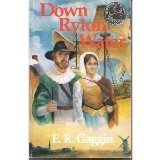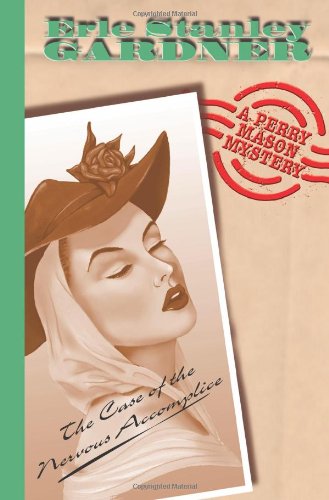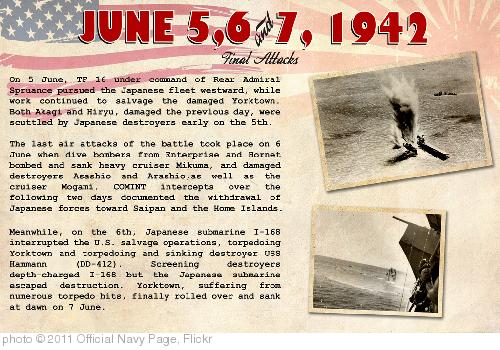 Down Ryton Water is a 1942 Newbery Honor book about the Pilgrims–published back when children’s books were really meaty and challenging reads. It’s 369 pages of pilgrim wanderings and family building and moving and rearranging and traveling and birthing and marrying.
Down Ryton Water is a 1942 Newbery Honor book about the Pilgrims–published back when children’s books were really meaty and challenging reads. It’s 369 pages of pilgrim wanderings and family building and moving and rearranging and traveling and birthing and marrying.
The (sainted) Pilgrims come across as real people with personalities and foibles and humor and salty language (nothing that’s shocking for nowadays) and full lives. The book focuses on the Over family: Mother Orris Brode Over, a gardener and herbalist; Father Matt Over, a farmer; Young Matt, five years old as the story opens in Scrooby, England; and baby Remember, “the damp woman child” as Young Matt calls her. The family soon grows: Young Matt’s young uncle John Brode, an adopted orphan child named Winifrett, a new baby boy born in Holland and named for the Dutch St. Nicholas, and later a young Native American teen named Wisset, all join the Over family.
It’s a book about family and about continuity of that family amidst pilgrim upheavals and separations and reunions. I found it encouraging and full of wisdom nuggets:
Orris to Young Matt upon the occasion of the Overs leaving Scrooby for Holland: “Strangers and pilgrims on the earth. That’s what we are . . . Because pilgrims, my lad, are strangers in a strange land. And so will we be–and my poor simples! Pilgrims wander about the earth in search of the blessed vision that keeps ever out of reach, just ahead of them. . . . Our vision is a place to live where we may have freedom to think, freedom to worship, and freedom to dig in the muck once more.”
Uncle John, when the Pilgrims are leaving Holland: “Freedom must be earned; it must first be understood and then fought for. It must be forever guarded, lest it slip away. It is the most precious thing in life.”
William Bradford at the first Thanksgiving: “We have been in a race for life. But a halt must be made in such a race sometime. A halt to consider what has been accomplished with God’s help, and to give thanks to Him for His blessings. A halt for–for–well, for laughter and feasting and pleasantry. Both young and old need a bolus of merriment now and then to keep them in good health.”
When Young Matt is building himself a house, his uncle John tells him: “Get some beauty into the design! No dwelling is too simple for beauty! There’s a correctness for every need. In building, as in garments.”
This fictional family of Pilgrims, the Overs, shows young (and old) readers the vicissitudes of life in colonial America as the first Europeans came to settle in the New World. It would make a good November read aloud book for upper elementary or even middle school children. And for skilled readers in that age group who are interested in history, this book would also be a fascinating and challenging independent reading choice. The book is long and descriptive passages abound, so patience and a tolerance for such is required. I found it a good antidote to the internet-based reading that I often get accustomed to and have to wean myself from in order to read deeply and enjoy fully the reading that I do.


